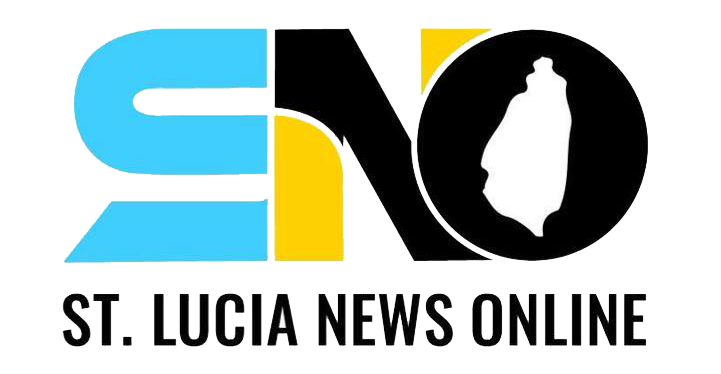However, when examined beyond the glossy language and lofty intentions, the document raises serious concerns about novelty, feasibility, fiscal responsibility, and credibility, particularly given the UWP’s own track record in government between 2016 and 2021.
A striking feature of the UWP manifesto is the absence of fresh ideas. Many of the proposals presented as “new” are, in fact:
- Programmes already implemented or currently underway under the SLP administration,
repackaged with new labels.
- Old UWP pledges from 2016 that were never delivered.
- Promises previously abandoned by their own leadership.
For instance: Commitments on healthcare infrastructure echo plans initiated and advanced under the Labour administration.
- Proposals for youth empowerment copy existing programmes, such as the Youth Economy Agency and MSME Loan-Grant Facility, yet offer no details on how they would “improve” or finance them.
- Plans for community security and justice reform mirror ongoing SLP initiatives, including new police headquarters, the Halls of Justice, and community policing reforms.
Instead of introducing a bold, visionary roadmap, the UWP relies heavily on recycled ideas, suggesting a shortage of policy creativity and an unwillingness to admit that the SLP has already delivered much of what they now promise.
Even more troubling is the immense financial cost of the UWP’s pledges. Many of the manifesto commitments, spanning infrastructure, social programmes, education reforms, economic incentives, and public sector expansion would require billions of dollars in new spending.
Yet the document:
- Fails to explain how these programmes will be financed.
- Provides no revenue strategy, no tax plan, no borrowing framework, no investment pathway.
- Does not outline how debt will be managed, despite Saint Lucia already facing significant economic pressures caused largely by reckless UWP borrowing during 2016–2021.
Saint Lucians still remember:
- The $150+ million spent and wasted on the failed St. Jude “box hospital.”
- Spiralling national debt.
- Ballooning deficits.
- Unexplained contracts and cost overruns.
Given this history, the manifesto’s expensive commitments raise a critical question:
How does a party known for fiscal mismanagement expect to fund an even more ambitious and costly agenda?
The document offers no answers.
Ultimately, the most important element of any manifesto is credibility.
Here, the UWP faces an unavoidable challenge:
Their own record contradicts their promises.
From 2016–2021, the UWP:
- Failed to complete St. Jude Hospital, despite multiple budgets, multiple designs, and enormous expenditure.
- Kept OKEU Hospital closed for four years out of political spite until COVID forced its opening.
- Failed to deliver meaningful economic growth, leaving unemployment high and poverty rising.
- Oversaw ballooning national debt and fiscal instability.
- Abandoned or delayed key projects, including schools, roads, and community infrastructure.
- Was plagued by scandals, lawsuits, and governance failures.
If a party could not deliver the very things it promised when the economy was recovering and borrowing was cheap, how can it be trusted to deliver an even more ambitious agenda now?
By: Caribbean Writers


